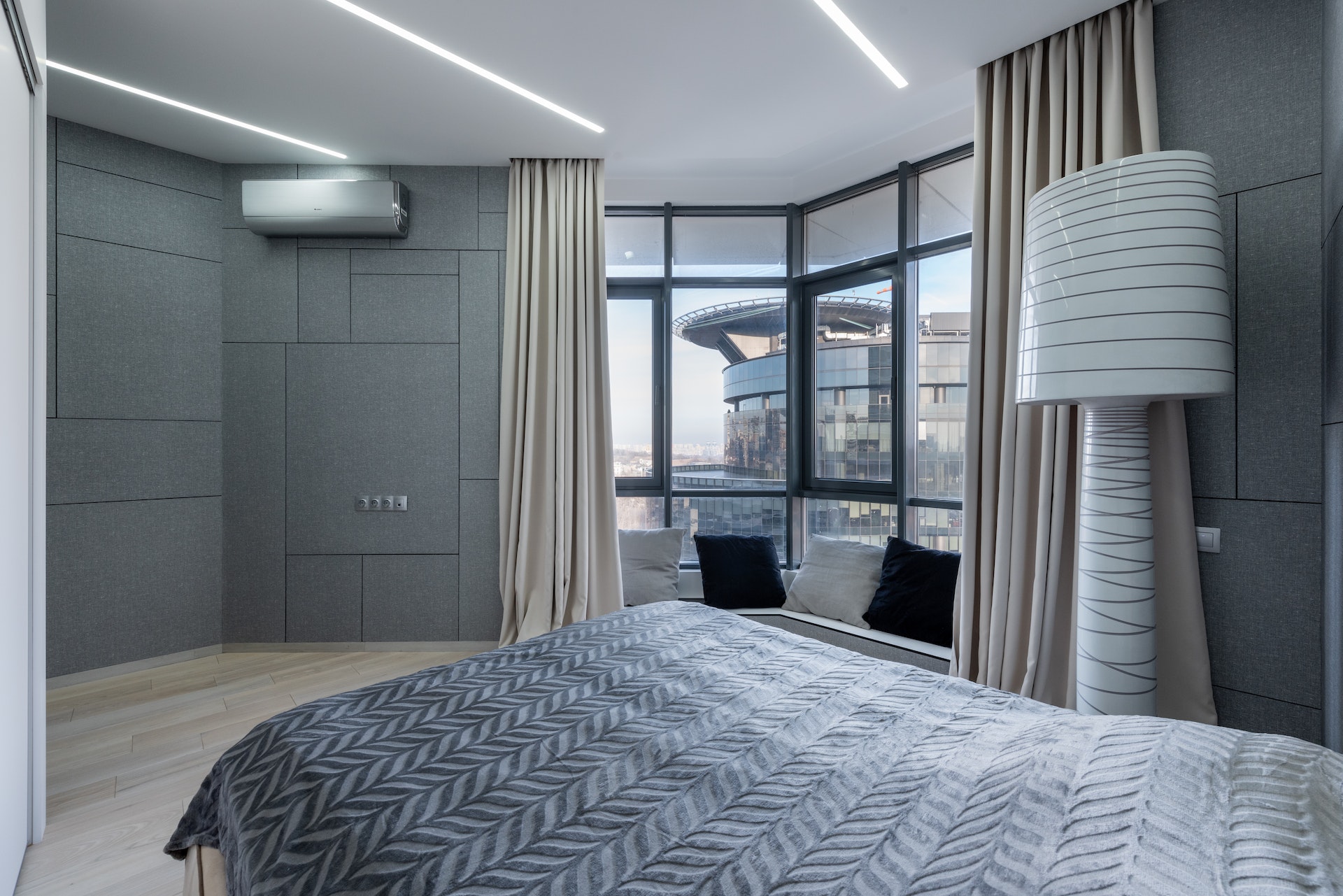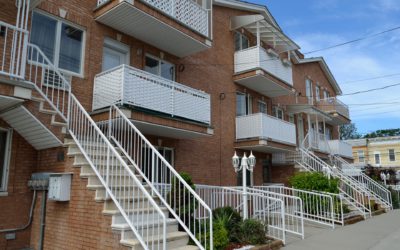Are you struggling to beat the heat and create a comfortable living or working environment during the summer months? Knowing how to cool down a room is essential for staying comfortable and productive when temperatures rise.
Fortunately, there are many ways to cool down a room without relying solely on air conditioning. From using fans and window coverings to optimizing natural ventilation and creating a cool oasis with plants, there are numerous ways to make your living or working space more comfortable during the hot summer months.
In this article, we’ll explore a variety of tips and tricks for cooling down a room, ranging from simple and low-cost solutions to more advanced strategies. Whether you’re dealing with a small bedroom or a large living space, these techniques can help you create a refreshing and comfortable environment that will keep you cool all summer long.
Air conditioning
Air conditioning is an effective way of cooling down a room by drawing in warm air, passing it through a cooling coil, and returning it to the room in a cooler and more comfortable state. The process involves removing heat and moisture from the air, which contributes to a pleasant and refreshing environment. The cooled air is then circulated throughout the room using fans or ducts. By regulating the temperature and humidity levels in the room, air conditioning provides a comfortable living or working space. Furthermore, air conditioning enhances air quality by filtering out dust, pollen, and other particles from the air. It can also be programmed to maintain a consistent temperature throughout the day, which makes it an energy-efficient way to cool down a room.
Window coverings
Blinds, curtains, or shades can help to block out sunlight and prevent heat from entering the room. By providing a barrier between the sun and the interior of the room, they can significantly reduce the amount of heat that enters. Reflective window coverings can even reflect sunlight away from the room altogether, regulating the temperature and creating a more comfortable environment. In addition to keeping the room cool, window coverings can reduce glare, which can be especially helpful in rooms with televisions or computer screens. Certain types of window coverings, such as cellular shades, can also help to insulate the room, keeping it cool in the summer and warm in the winter. Overall, window coverings are an effective and energy-efficient way to cool down a room, while also providing privacy and enhancing the room’s decor.
Insulation
Insulation is a highly effective way to cool down a room. It works by creating a barrier that regulates the temperature inside the room. During hot weather, insulation helps to retain cool air inside and blocks warm air from entering, resulting in a more comfortable and refreshing living or working space. Furthermore, insulation can reduce the energy needed to cool down the room, making it a cost-effective and energy-efficient solution. The choice of insulation material will depend on the room’s construction and individual requirements, but common types include fiberglass, foam board, and cellulose.
Ice packs
By absorbing heat from the air around them, ice packs can significantly reduce the temperature of a room. To use ice packs to cool down a room, simply place them in front of a fan or in strategic locations throughout the room. The fan will then circulate the cool air from the ice packs, creating a refreshing and comfortable environment. Ice packs can be easily created by freezing water in plastic bags or containers and can be reused multiple times. While not as powerful as air conditioning, using ice packs can be an affordable and practical option for temporary cooling relief. Moreover, combining ice packs with other cooling techniques, such as window coverings and natural ventilation, can further enhance their effectiveness in cooling down a room.
Cool clothing
Wearing cool clothing can help regulate body temperature and improve airflow, making it an effective way to stay comfortable in a hot room. Loose-fitting and lightweight clothing made of breathable fabrics like cotton or linen allows for improved ventilation and airflow. Wearing light-colored clothing can also reflect sunlight and heat instead of absorbing it, helping to keep you cool. Clothing with moisture-wicking properties can prevent sweat from sticking to your skin, further increasing comfort. Additionally, using a hat or parasol can provide shade and reduce exposure to direct sunlight, keeping you cooler overall.
Cool flooring
Cool flooring can help keep a room comfortable during hot weather. Materials such as concrete, tile, or marble tend to stay cooler than other flooring options and can lower the temperature in a room. Additionally, these materials have a high thermal mass, which means they can absorb and store heat energy from the sun, helping to keep the room cool overall. Natural materials like stone, bamboo, or cork can also have cooling
Heat-resistant roofing materials
Heat-resistant roofing materials can help to keep a room cool during hot weather by reflecting sunlight and absorbing less heat. This prevents the roof from becoming too hot and transferring heat into the room below. Materials like metal, tile, or asphalt shingles are effective in reducing the amount of heat entering the room. Cool roofs, designed to reflect more sunlight and absorb less heat, are also a great option for reducing the room temperature.
Use natural ventilation
It is a cost-effective and sustainable way to cool down a room. By opening windows and doors, fresh air can circulate into the room, improving air quality and lowering the temperature. Cross-ventilation is achieved by opening windows on opposite sides of the room, creating a natural breeze that cools the space even more.
Use natural shading
By planting trees or shrubs near windows, direct sunlight can be reduced, helping to lower the temperature in the room. Installing awnings, pergolas, or other shade structures outside the windows can also block out sunlight and prevent the room from becoming too hot. Window coverings like blinds, shades, or curtains can further reduce the amount of sunlight that enters the room, maintaining a comfortable temperature. By using natural shading in combination with other cooling techniques like natural ventilation or cool flooring, you can create a more comfortable and energy-efficient living or working environment without relying solely on air conditioning.
Use a shade sail
A shade sail is a practical solution to keep a room cool during hot weather. It is made up of a fabric canopy that is anchored between several points, effectively blocking the sun’s rays and reducing heat transmission. Shade sails come in various sizes and shapes, making them adaptable to different spaces. They can be installed both indoors and outdoors, and significantly reduce the amount of heat that enters the room. Apart from providing shade, shade sails can also add aesthetic appeal to a room.
Use a heat-blocking door
The heat-blocking doors are constructed with insulating materials that block out external heat and prevent it from entering the room. They are available in different styles and materials, such as wood, metal, or fiberglass, and can be customized to fit any door frame. By using a heat-blocking door, you can reduce energy consumption and the need for air conditioning or other cooling methods. They are simple to install and maintain, making them a cost-effective and convenient way to keep a room cool.
If you’re struggling with how to cool down a room during hot weather, there are plenty of effective techniques available. You can use natural ventilation, install heat-blocking doors and windows, or use shading techniques like shade sails to reduce the amount of heat entering the room. Using energy-efficient appliances can also help to reduce energy consumption and save you money in the long run. By incorporating these methods, you can create a comfortable living or working space while also being mindful of the environment. With some creativity and effort, it is possible to stay comfortable during the hottest months of the year while also being energy-efficient.






0 Comments